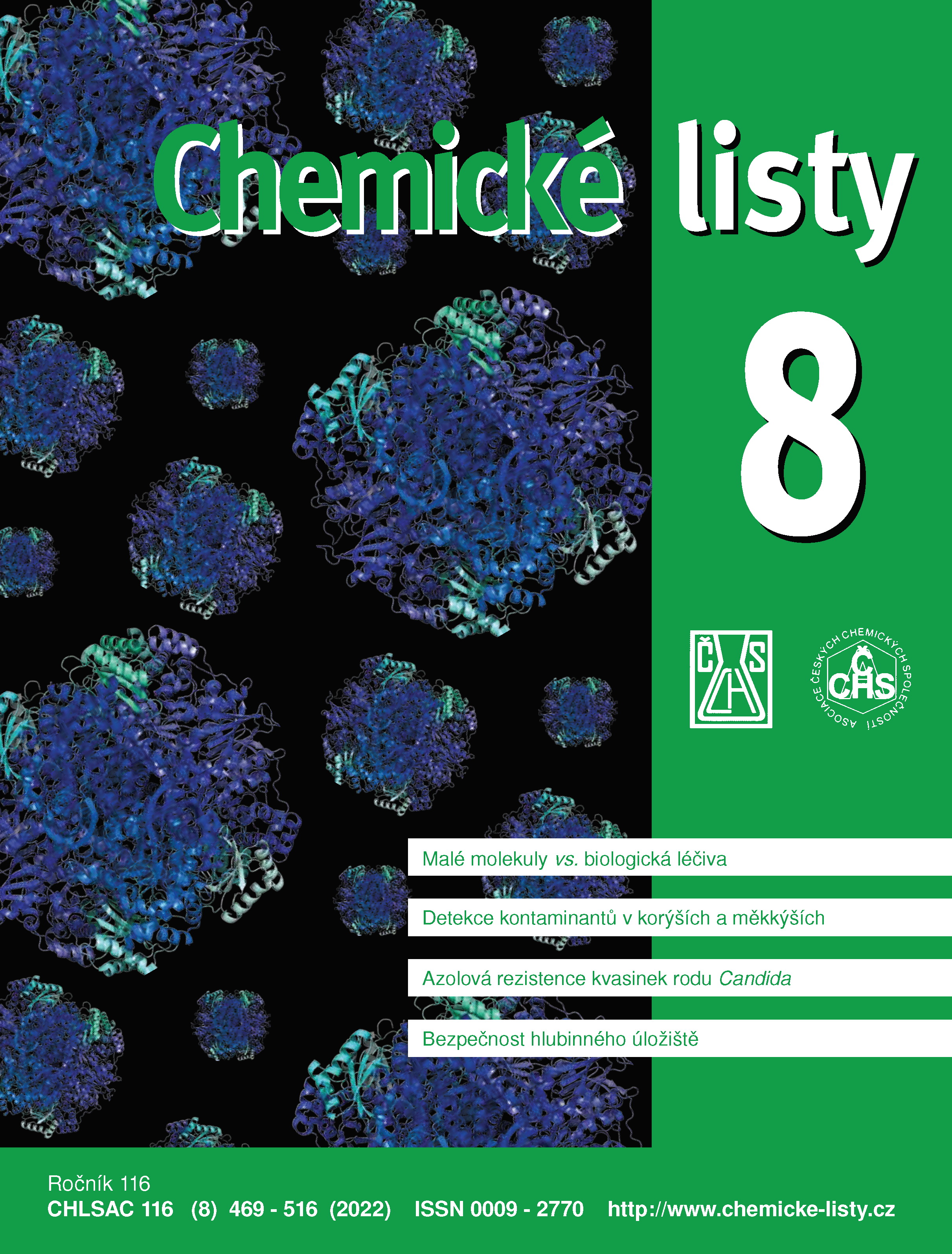Azole Resistance in Candida Yeasts
DOI:
https://doi.org/10.54779/chl20220494Keywords:
Candida, antifungal susceptibility, resistance, biofilm, geneAbstract
Systemic fungal diseases and antifungal resistance represent a serious problem in human medicine and contribute to increased patient mortality. The most common causes of these diseases are opportunistic yeasts of the genus Candida. C. albicans is considered to be the main pathogen, together with C. glabrata, C. tropicalis, C. parapsilosis, and C. krusei. Azole antifungals predominate in the treatment of the systemic mycoses. For antifungal resistance in Candida spp. some genes and their mutations are responsible, the genes ERG11, CDR1, CDR2 and MDR1 being considered the most important. The main target of azole antifungals is the process of ergosterol synthesis. Due to ergosterol crucial functions and its unique structural properties, the synthesis of ergosterol and its individual steps represent the target of most clinically available antifungals. The biofilm appears to be a significant virulence factor of the yeast Candida spp. It allows hematogenous dissemination of cells, prevents the effect of antifungals on all cells during treatment and leads to a high level of antimicrobial resistance. The antifungal resistance in candidiasis often has a multifactorial origin, which must be considered in the treatment of systemic mycoses and in the development of new antifungals.





